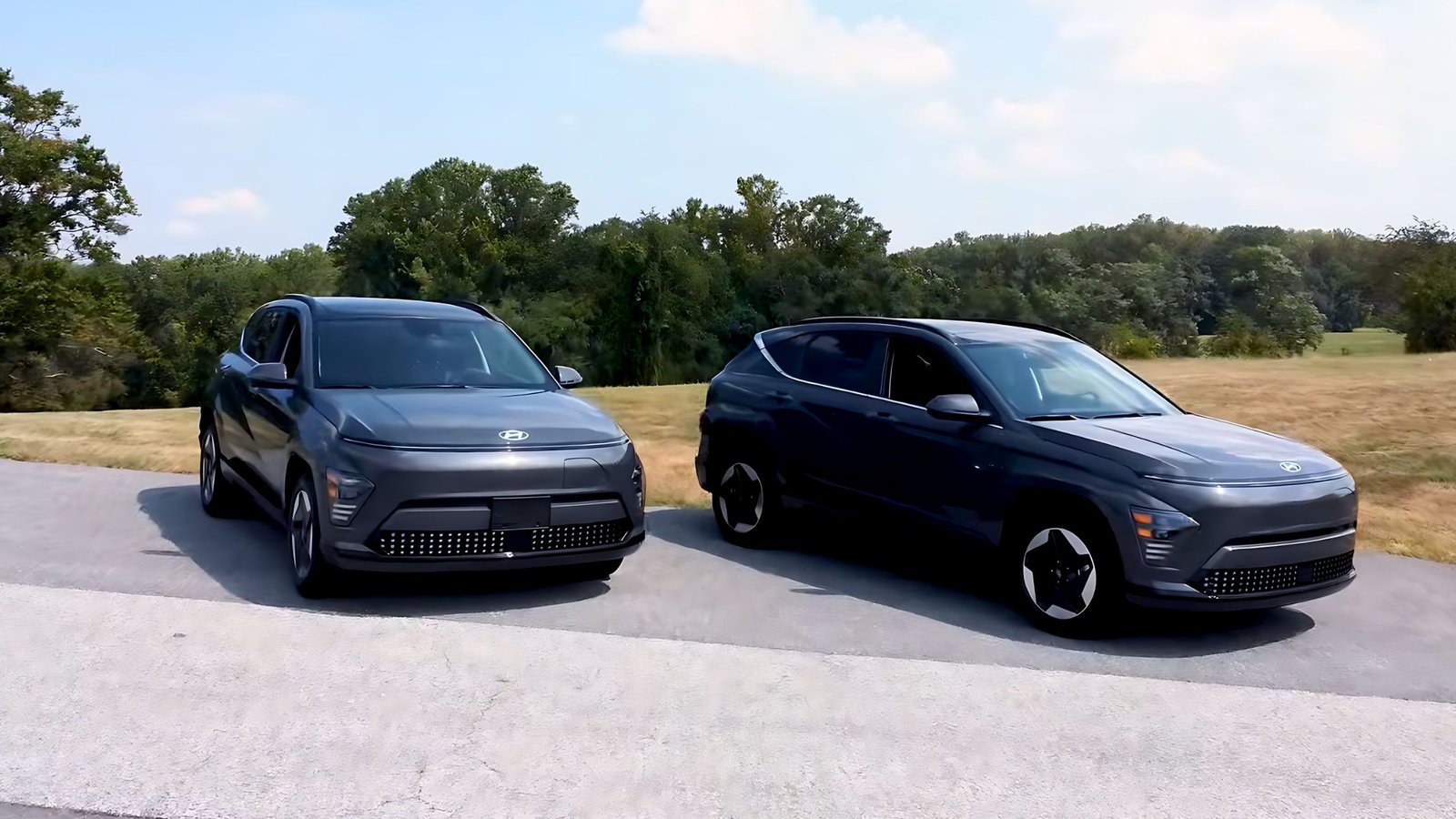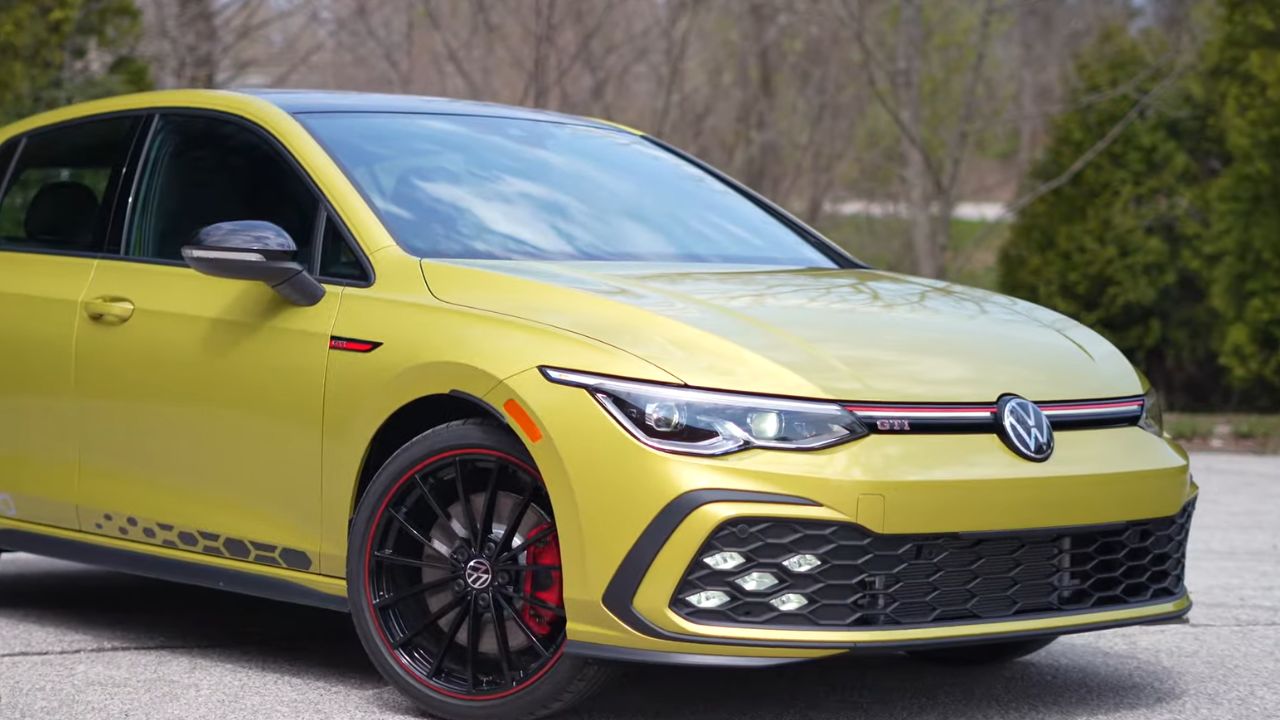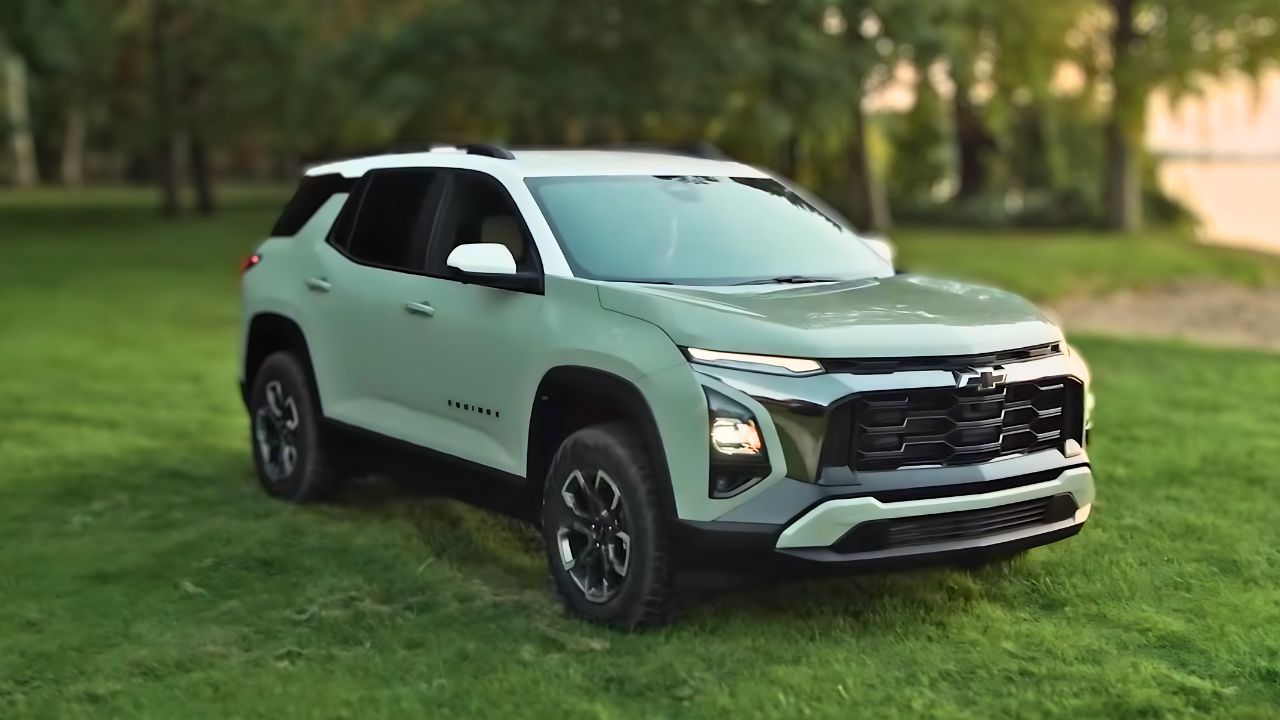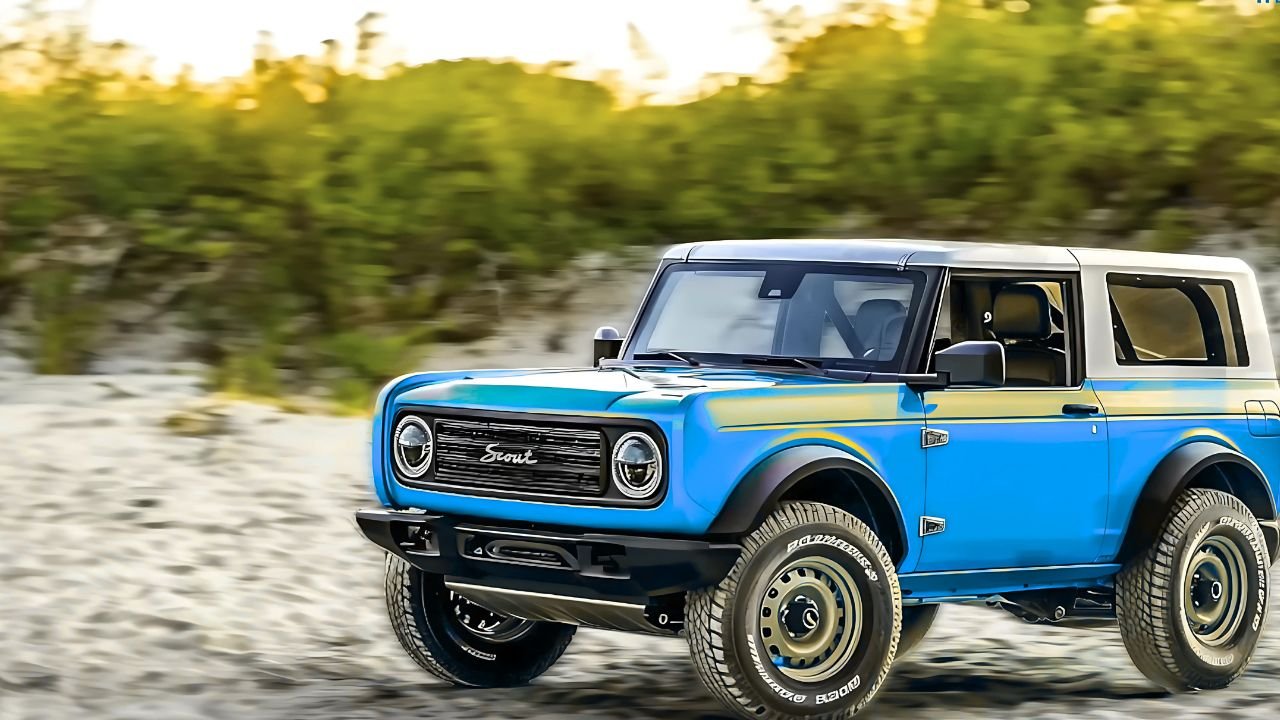2024 Hyundai Kona Interior Review: Space, Comfort, and Advanced Features in a Compact SUV
June 13, 2024 | by Team Neftin Mazda

The 2024 Hyundai Kona enters its second generation a little bit bigger, a little bit more refined, and with features that aren’t usually found on an economy vehicle. Heck, some of these features you still can’t find in some luxury cars. Want to see just what we’re talking about? Keep on reading.






First off, let’s talk about the space. The Kona has grown in length by nearly a foot, and that exterior stretch translates to an extra 3 inches of leg room for rear seat passengers.
The space back here is comparable to a midsize sedan, yet the Kona is a subcompact SUV. Oh, and those rear seats recline too.
In addition to adding rear leg room, the Kona also gets a boost to its cargo-carrying capabilities for 2024. Behind the rear seats, there’s now a spacious 25.5 cubic feet of cargo space. Folding the seats opens up 63.7 cubic feet, which is more typical of a size up in class. New for 2024 is a storage rack for the removable cargo shelf located in the second row seatback.
There are still plenty of hard touch buttons here, and while no leather can be seen, the cloth and faux leather surfaces are all great quality for this value-packed runabout. We like the shift knob with the twist-to-use selector on a stalk behind the steering wheel. This placement frees up space in the center console and creates an airy cabin feel.
SEL trims and up all get an 8-way power adjustable driver seat, dual-zone climate control, and rear air vents—all pleasant surprises in this class. Higher trims take climate and comfort to another level with heated and ventilated front seats, plus a heated steering wheel.
Standard across the board comes a 12.3-inch touchscreen display, which is completely unheard of at this price point. Upper trims can be had with a 12.3-inch digital gauge cluster as well. The two screens sit side by side, spreading across more than half of the instrument panel. Located beneath one long glass panel, they appear to be one continuous display.
Apple CarPlay and Android Auto also come standard and even come wirelessly in a few trims. Other features that we love that have trickled down from the more expensive Hyundai models include four USB-C ports, in-cabin Wi-Fi, and over-the-air software updates.
Most of Hyundai’s Smart Sense suite of safety features are standard on all trims, except park distance warning, highway drive assist, and the cool blind spot view monitor that displays a live video image in the instrument cluster when changing lanes. You’ll need to go up to the limited trim if you absolutely want everything.
Higher-end models not only get navigation but navigation-based smart cruise control, in which the system accounts for changes in topography such as a curved highway. Then there’s the remote smart parking assist, which lets you stand outside the Kona and have it pull in or out of a tight parking space like a life-size remote control car.
The 2024 Hyundai Kona starts in the mid-$20,000s for the base SE model, but a top-of-the-line limited with all of those advanced features, ventilated front seats, and a leather-wrapped steering wheel ups the price to around $33,000 including destination.
Still, it has more features and space than competitors like the Honda HR-V and Mazda CX-30, and an excellent warranty to boot. You likely won’t be disappointed if you bring this little Kona into your life.
RELATED POSTS
View all


